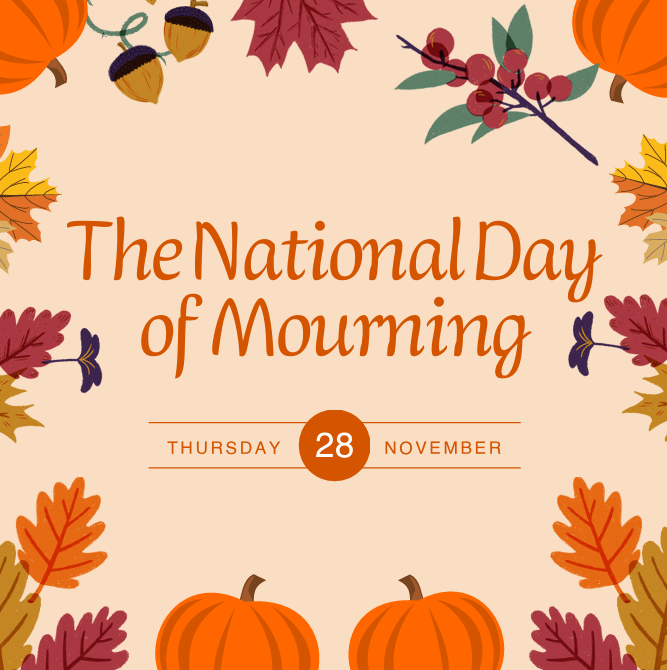If you think back to grade school and the lessons we were taught about the original thirteen colonies, there’s one that stands out specifically. Each year around Thanksgiving, you hear the same story over and over–the pilgrims and Native Americans worked together to celebrate the holiday in harmony. However, this may not be entirely true.
While the first Thanksgiving was celebrated during the fall of 1621, there is evidence that suggests this story did not become popularized until the mid-1800s. Through the works of individuals like the renowned poet and editor of a popular 19th-century magazine, Sarah Josepha Hale, this false narrative was pushed further.
Following Abraham Lincoln officially declaring Thanksgiving a national holiday in 1863, the myth of the “First Thanksgiving” became widely known and popularized. The Smithsonian’s National Museum of the American Indian has stepped forward to comment on how such a myth is now “a foundational, national story reinforced by memorials, holiday marketing, literature and school curriculums.”
This narrative is seen as being inaccurate and incomplete, and many issues regarding that tie into such a large, essential piece of the puzzle being missing–a Native perspective. Stories popularized take insight from a colonial perspective and fail to mention Native voices, only their mere presence
The Wampanoag tribe are the group identified to have celebrated the successful harvest with the pilgrims, yet their perspectives often are not shared. It is crucial to take these into account, as this is how you see the bigger picture–Thanksgiving was not the marker for a peaceful relationship and serves as a day of mourning for many.
By being able to see the bigger picture, you may also be able to see the truth. After carefully observing and making various negotiations and exchanges, the Wampanoag people decided to aid the pilgrims in their survival. However, this interaction was largely based on forming political alliances and maintaining diplomacy and not on friendship.
Additionally, historians have suggested that Native Americans were not even invited to the first Thanksgiving. It is said that Wamponaog soldiers arrived at the colony after hearing gunshots and screams and believing the pilgrims were under attack.
Under the diplomatic treaty signed between the two groups calling for mutual defense, the Wampanoag were required to respond. It was through their response that an invite was extended, which further questions the validity of the story of the “First Thanksgiving.”
As peace between colonizers and the colonized ended, conditions for Native Americans only grew worse. Following centuries of unprecedented enslavement, stealing of land and killings of their ancestors, many indigenous individuals see Thanksgiving as a time of mourning.
Since 1970, the fourth Thursday in November has served as the National Day of Mourning. It was started by the former chief of the Aquinnah Wampanoag tribe, Wamsutta Frank James. This day is used as an opportunity to reflect on the treatment of Native Americans, Native American heritage, as well as how Thanksgiving affected the lives of ancestors.
While Thanksgiving in modern times serves more as a time to meet with family and have a great meal, it is something much darker and more impactful to others. When celebrating this holiday, it is important to be mindful of its historical connotation and the people it affects.
As people are still bound to celebrate Thanksgiving, there are numerous ways you can honor Indigenous people and decolonize traditions. Most importantly and easily, you can learn more about the true story behind Thanksgiving. Combating stereotypes, identifying myths and reclaiming truths is a great way to honor Indigenous people, especially at times like this.
Possible resources: The suppressed speech of Wamsutta (Frank B.) James, “Teen Vogue: Native American Girls Describe the REAL History Behind Thanksgiving” and NBC New York’s “The (Real) Story of Thanksgiving” on YouTube and “1621: A New Look at Thanksgiving” by Catherine O’Neill Grace.
